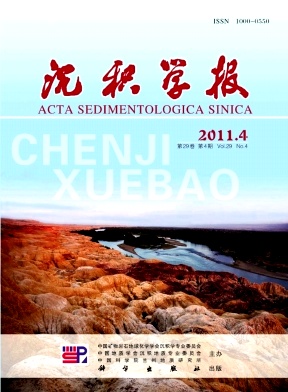Gravity Flow Sedimentation: Theoretical Studies and Field Identification
- Received Date: 1900-01-01
- Rev Recd Date: 1900-01-01
- Publish Date: 2011-08-10
-
Key words:
- gravity flow /
- debris flow /
- turbidity current /
- bottom current /
- Bouma sequence
Abstract: As an important sedimentary phenomenon, gravity flow sedimentation is widespread in deepmarine and deeplacustrine environments. Obviously, differentiation of different types of gravityflow sediments is crucial for reconstructing paleodepositional environment. Four distinct types of gravity flows and their diagnostic sedimentary structures are introduced, which can be used as guide for field identification. Debris flow depositions are characterized of their disorganized internal texture, flat bed base, and parallelism of planar clasts to bedding. Thickbedded and massive sandstones are usually formed by hyperconcentrated density flow; typified by occurrence of outsized clasts, ripup mudstones, water escape structures and other liquefactionrelated structures. Grain flow is a subtype of hyperconcentrated density flows, and inverse grading is characteristic of its deposits. Concentrated density flow possesses the depositional characteristics of both hyperconcentrated density flow and turbidity current. Tad divisions in Bouma sequence are the products of one turbidity current event, but only Ta is formed from turbidity current. Tbc divisions are actually generated from traction flow, whereas Td division is fallout deposits. Flow transformation can occur in the processes of gravity flows, and the gravityflow sediments are often reworked by bottom currents and bypass flows to varying degrees.
| Citation: | LI Lin. Gravity Flow Sedimentation: Theoretical Studies and Field Identification[J]. Acta Sedimentologica Sinica, 2011, 29(4): 677-688. |






 DownLoad:
DownLoad: